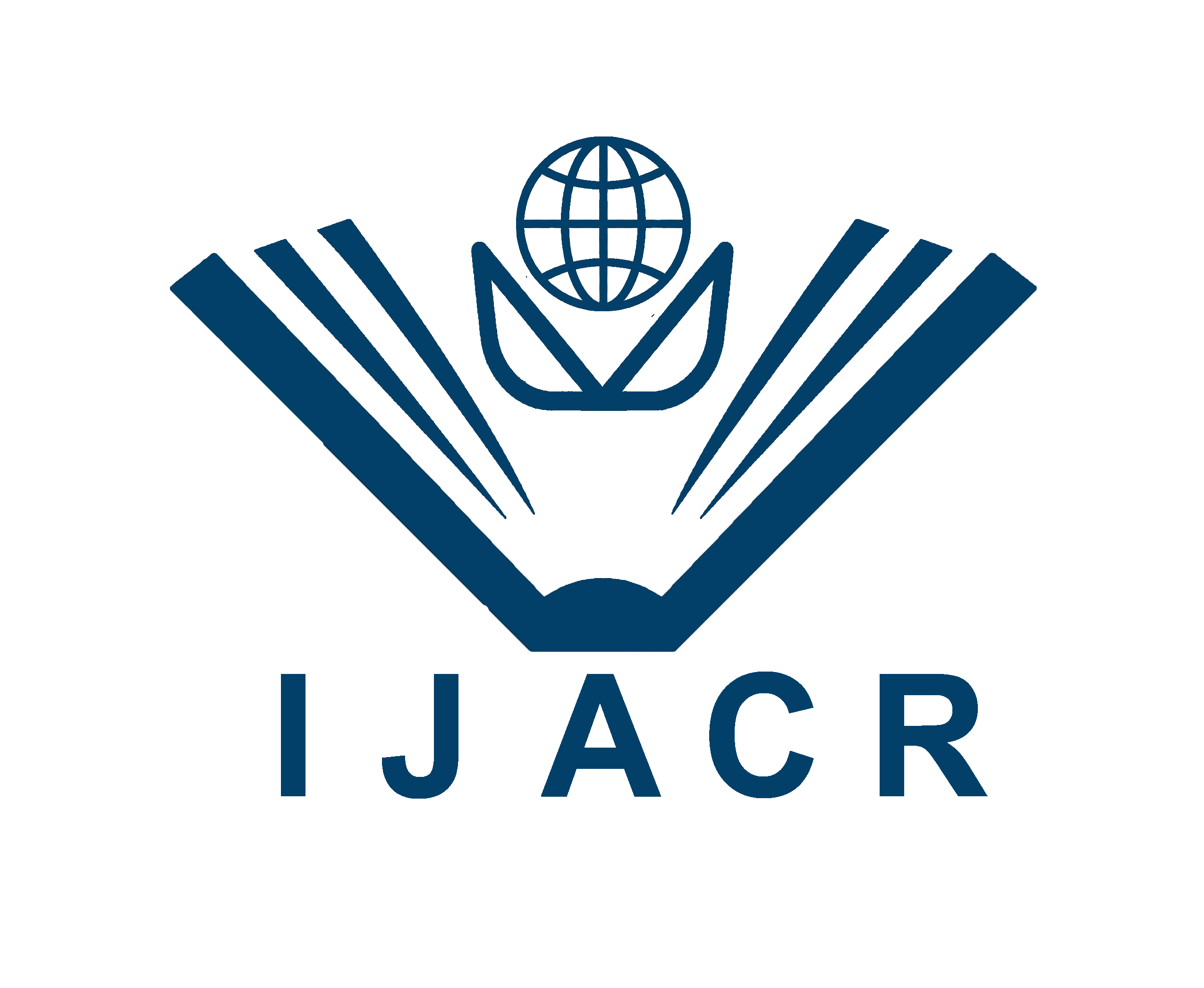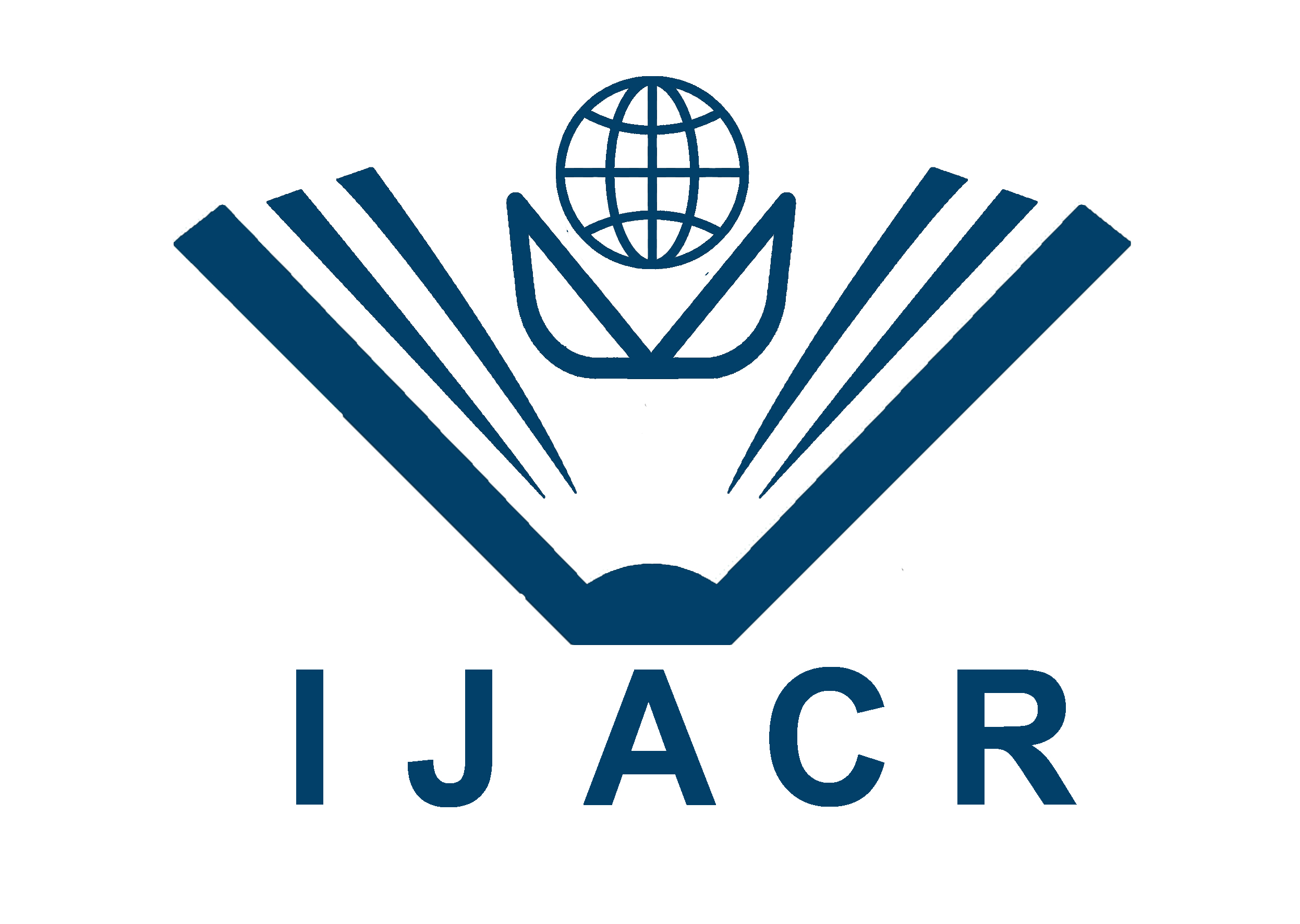International Journal for Asian Contemporary Research, 5(2): 24-30
Field Evaluation of BRRI Boro Rice Varieties for Resistance to Sheath Blight
Received: 26 May, 2025 || Accepted: 30 June, 2025 || Published: 05 July 2025
A B S T R A C T
The experiment was conducted using a Randomized Complete Block Design (RCBD) with three replications per treatment. An isolate of Rhizoctonia solani anastomosis group AG1 from Bangladesh was used for artificial inoculation at the maximum tillering stage of the crop. Significant variation in sheath blight (ShB)-related parameters among the tested varieties indicated the presence of genetic diversity. Based on their responses to sheath blight, the varieties BR1, BR6, BR14, BRRI dhan45, and BRRI dhan50 were classified as susceptible (S), whereas BRRI dhan27 was identified as resistant (R). Grain sterility in healthy hills ranged from 10.7% to 58.1%, while in diseased hills, it ranged from 11.9% to 64.9%. A positive correlation was observed between relative lesion height (RLH) and grain sterility (%). Grain yield per hill ranged from 4.2 to 6.7 g in healthy hills and from 2.9 to 5.3 g in diseased hills. An increase in RLH (%) was associated with a decrease in grain yield per hill compared to healthy plants, also showing a positive relationship between disease severity and yield loss.
Keyword: Rice, sheath blight, LDA, RLH and grain yield.
Copyright information: Copyright © 2025 Author(s) retain the copyright of this article. This work is licensed under a Creative Commons Attribution 4.0 International License
REFERENCES
- Ahn, S.W. and Mew, T.W. 1986. Relation between rice sheath blight and yield. IRRN. 11(5): 21.
- Akter, S., Mian, M.S. and Mia, M.A.T. 2001 Chemical control of sheath blight disease (Rhizoctonia solani) of rice. Bangladesh J. Plant Pathol. 17(1-2): 35-38.
- Anonymous. 1988. International Workshop on Bacterial Blight of Rice. Bacterial blight of rice: Proceedings of the international workshop on bacterial blight of rice. Los Baños, Laguna, IRRI. 235p.
- Anonymous. 1995. Adhunik dhaner chash. (In English, Cultivation of Modern Rice). BRRI, Gazipur, Bangladesh. 52p.
- BBS, 2010. Statistical Pocketbook of Bangladesh. Ministry of Planning Govt. of People’s Republic of Bangladesh.
- Hossain, M. and Mia, M.A.T. 2001. Management of sheath blight disease of rice under farmer’s field condition. Bangladesh J. Plant pathol. 17 (1-2): 13-16.
- Hossain, M.A. 2001. Rice cultivar- Xanthomonas oryzae pv. oryzae interactions for development of bacterial blight disease in Bangladesh. Ph. D. Thesis. Department of Botany, University of Dhaka, Dhaka, Bangladesh. 151p.
- IRRI, 2003. Standard evaluation system for rice. INGER. Genetic Resource Centre, IRRI, Manila. Philippines. 22p.
- Jalaluddin, M., Kashem M. A., Hasna M.K. and Khalil M.I. 2000. Screening of some soma clonal progenies of rice for resistance to sheath blight and bacterial leaf blight. Bangladesh J. Crop Sci. 11(1&2): 39-42.
- Khan, M.A.I., Mansur, M.A., Ali, M.A. and Mia, M.A.T. 2009. Pathogenic diversity of Xanthomonas oryzae pv. oryzae in Bangladesh. Bangladesh J. Plant Pathol. 25(1&2): 1-6.
- Lee, F.N. and Rush, M.C. 1983. Rice sheath blight, a major rice disease, plant disease. 67: 824-832.
- Li, H., Song, C.Y., Cong W.B. and Wang, G.I. 2000. Evaluation and Screening of keng (Japonica) rice varieties to sheath blight. Plant prot. 26(1): 19-21.
- Mew, T.W., Alvarez, A.M., Leach, J.E. and Swings, J. 1993. Focus on bacterial blight of rice. Plant Dis. 77: 5-12.
- Mew, T.W., Cruz, C.M.V. and Medalla, E.S. 1992. Changes in race frequency of Xanthomonas oryzae pv. oryzae in response to rice cultivars planted in the Philippines. Plant Dis. 76: 1029-1032.
- Miah, S.A., Shahjahan A.K.M., Hossain M.A., and Sharma N.R. 1985. Survey of rice diseases in Bangladesh. Tropical pest management. 31(3): 208-213.
- Miah, S.A. and Shahjahan, A.K.M. 1987. Mathe Dhaner Rog Nirnoy Tar Protikar (In English, Rice disease identification and their control in the field). BRRI, Gazipur, Bangladesh. 60p.
- Mosaddeque H.Q.M., Talukder M.I., Islam M.M., Khusrul Amin A.K.M. and Alam M.A. 2008. Screening of Some Restorer and Maintainer Hybrid Rice Lines against Sheath Blight (Rhizoctonia solani). J. Soil. Nature. 2(1): 23-29
- Ou, S.H. 1985. Rice Diseases. 2nd ed. CMI, Kew, Surrey, U.K. 380p.
- Shahjahan, A.K.M., Sharma, N.R., Ahmed, H.U. and Miah, S.A. 1986a. Yield loss in modern rice varieties of Bangladesh due to sheath blight. Bangladesh J. Agril. Res. 11(2): 82-90.
- Sharma, N.R., Ahmed, H.U., Shahjahan, A.K.M., Mia, M.A.T., and Miah S.A. 1985. Reaction of rice varieties and lines to sheath blight. In Proc.Natl. Symp. Agric. Res. BARC. 44p.
- Singha, K.D. and Borah, P. 2000. Screening of local upland rice cultivars of Assam against sheath blight. Hisar, India: Agri. Bio. Publishers. Annals of Biology. 16(2): 161-162.
Article View: 449 times



